11 Things to Do in Ljubljana
- Next Stage Travel
- Nov 27, 2023
- 7 min read
Updated: Apr 10, 2025
The top things to do in Ljubljana and nearby (because one of the items is Lake Bled). We highly recommend number 8 for anyone interested in architecture. The list below includes museums, popular sites in town, Lake Bled day trip, and skiing!
1) Lake Bled and Bled Castle
About an hour outside Ljubljana, Lake Bled is an easy and fun day trip. (Note: we had a rental car and could stop here on our way from Hisa Franko in Kobarid to Ljubljana).
This glacial lake has a small island in the middle with several buildings including a church. Boats can be rented on the side nearest the island. The lake itself is relatively small - about 2 km long and 1.3 km wide. The walk around the lake is about 6 km and is flat and scenic.
Bled Castle is fun to visit, particularly for the views and a small museum. It's quite a steep climb up if you are walking (we had a rental car...). Near the top of the hill, you walk a bit further up and the castle, of course, is at the very top of the hill. Inside the castle, you can see various views of Lake Bled and surrounding areas, visit an old printing press and get a custom bookmark or print printed on homemade paper, and explore a museum that discusses the history of the area from prehistoric times. The museum is reasonably well-curated and we came away with a good sense of who, how and why Lake Bled has been settled for so long as well as how and when it passed through ownership of various empires.
The modern town of Bled arose after 1855, when a Swiss 'healer' named Arnold Rikli opened the Institute of Natural Healing. He encouraged 3 massages a week (but not more), sunbathing, and a vegetarian diet. Since then, most hotels offer hot springs and various other spa treatments.
The town of Bled is modestly interesting. There's a heavily marketed dessert called the Bled cream cake. It contains puff pastry, custard, whipped cream, puff pastry and icing sugar; the vast majority of the cake is custard and whipped cream, which we didn't try (highly unusual for us, I know).
Bled Castle. Grajska cesta 61, 4260 Bled. Open 8 AM - 8 PM everyday. 15 euros/person.
This castle looms over the middle of town on a steep, high hill. You can see it from almost anywhere in the city.
It was first mentioned in 10th century documents and was rebuilt mostly as it stands today in the 15th century. Early in the 19th century, the castle was abandoned and at various times, used as a penitentiary and military storage compound. The city of Ljubljana purchased the castle and land in 1905, and carried out several restorations and refurbishments.
Today, you can explore much of the castle, take in the views from the watchtower (the highest point in Ljubljana), visit a small museum of Slovenian history, visit a museum of puppetry and enjoy coffee while looking onto the main courtyard of the castle. The museum of Slovenian history was quite enjoyable and well-curated, with various artifacts, interactive exhibits and good descriptions of both the artifacts and their impact/meaning, as well as larger historical context.
Access to the museums and the watchtower are limited to people with castle tickets, but you can explore the rest of the castle without buying a castle ticket. A few areas of the castle can only be visited on a guided tour - we didn't do this.
The castle is at one end of a short plateau - There are some gardens and additional spectacular view points if you walk outside castle.
While there are several stair/switchback paths to reach the top, the easiest/fastest way up is via the funicular which is basically across the street from the Central Market - walk past the Puppet Theater in Krekov Trg.
Funicular. Krekov trg 4, 1000 Ljubljana. Open 9 AM - 7 PM in winter; 9 AM - 9 PM in summer. 3.30 euros each way. Link for various ticket packages (e.g., funicular plus castle admission). We selected round trip funicular with castle admission (but not audio guide) for 16 euros/person.
Ljubljana Castle. Grajska planota 1, 1000 Ljubljana. Open 9 AM - 6 PM daily. 12 euros/person (without funicular ride); 16 euros/person (with funicular round-trip).
3) Ljubljana City Museum (aka Mestni muzej Ljubljana)
This museum gives a good overview of the prehistory and history of Ljubljana, and had a lot of hands-on activities. There is a good mix of artifacts, reproductions that you can touch, and signs/explanations of items and the historical relationships. This was a fun way to spend 2 hours and by the end, we had a good sense of Slovenian history and, in particular, recent history since the breakup of Yugoslavia.
The museum also has various temporary exhibitions. When we were there in November 2023, there was an exhbition of women Slovenia artists from 1850-1950. This was an interesting exhibit with artists we had not heard of.
Ljubljana City Museum. Gosposka ulica 15, 1000 Ljubljana. Open every day except Monday 10 AM - 6 PM. 8 euros/person.
This group runs musical performances all year long, with both 'young virtuoso' concerts (free) and various local and international artists. We strolled by after visiting the Ljubljana City Museum and noticed several performances were occurring while we were in Ljubljana. We were able to buy tickets for the day of a performance by the Tartini String Quartet (originally called the String Quartet of the Slovenian Philharmonic), a well-known Slovenian ensemble.
Festival Ljubljana. Trg francoske revolucije 1, 1000 Ljubljana. Box office hours Monday - Friday 10 AM - 4 PM.
This mostly outdoor market has several dozen vendors, primarily selling fruits and vegetables, and on one side, clothing. On the side of the market nearest the Ljubljanica river, there are also a few restaurants and butchers. We found that the prices are comparable to US prices.
Central Market. Adamič-Lundrovo nabrežje 6, 1000 Ljubljana. Every day except Sunday from about 6 AM - 4 PM. Free
This gallery showcases art from about 1200 to present day. The earlier art is primarily religious art. The majority of the artwork is by Slovenian or Italian artists, including sections on Romanticism and Realism. You are unlikely to find many artists or pieces you will recognize. Some of the art is quite impressive (and some is not...); it caused us to reflect that art is so market- (and marketing-) driven.
National Gallery of Slovenia. Prešernova cesta 24, 1000 Ljubljana. Open 10 AM - 6 PM every day except closed Mondays. 5 euros/person.
7) Tivoli Park
See also 'Running in Ljubljana'
This was the home of Jože Plečnik (1872-1957), a well-regarded Slovenian architect, and now functions as a museum dedicated to his work. Plečnik trained under Otto Wagner in Vienna, before moving to Prague for more than a decade, where he designed various buildings, and then finally returning to Ljubljana (where he was born) to become one of the first professors of architecture at a new university.
Many of the buildings and several bridges in the old town were designed by Plečnik. After his death, many of his students went on to design much of the new town. Some of the buildings and bridges designed by Plečnik include the Triple Bridge, the National and University Library (with an unusual stone and brick facade), the covered market buildings that line the river next to the Central Market, and the Cobbler's Bridge.
The museum contains a nice mix of how Plečnik lived and worked, as well as many designs, including for some buildings that were never built. In fact, his design for the Slovenian Parliament building, for which there is a wood model in the museum (see in photos below), was never built, but is so well-known that a drawing was included on a Slovenian coin in the 1990s.
Plecnik House. 6, Karunova ulica 4, 1000 Ljubljana. Open 10 AM - 6 PM every day except Monday. 8 euros/person for the guided tour (highly recommended as it goes into parts of the house not accessible from the museum portion of house); rest of museum is free.
This museum contains works from mostly 20th and 21st century Slovenian artists. The permanent exhibitions are interesting - the rooms are full of art but not in a jumbled way. Contemporaneous sculptures and paintings are found in each room. It's easy to see the influence of various art genres on Slovenian art. For example, one piece clearly was influenced by Georgia O'Keefe (see photo below).
The temporary exhibit includes art and performance pieces by contemporary Slovenian artists, mostly around the role of women in various areas.
Museum of Modern Art. Cankarjeva cesta 15, 1000 Ljubljana. Open 10 AM - 6 PM every day except Monday. 5 euros/person.
10) National Museum of Slovenia (Narodni muzej Slovenije)
This is the oldest museum in Slovenia, and one of several museums that focuses on the history of Slovenia. In the case of this museum, it covers prehistory through about the 15th century. [The history museums at Ljubljana Castle and the City Museum cover the 15th-19th centuries well. The National Museum of Contemporary History covers 20th century history of Slovenia.]
This is a very well curated museum and definitely worth visiting. There are many detailed descriptions of both history and ethnography coupled with relevant displays of items. If you can pick the order of museums to visit, we recommend this one first, followed by the museums at Ljubljana Castle and the City Museum.
The Natural History Museum is housed in the same building and requires a separate or add-on ticket. We didn't go into that museum, but from peeking into a few rooms along a hallway to the National Museum exhibits, noted that it seemed equally well-curated.
National Museum of Slovenia. Muzejska ulica 1, 1000 Ljubljana. Open every day 10 AM - 6 PM, except Thursdays 10 AM - 8 PM. 8 euros/person. 12 euros/person for both Natural History and National Museum.
11) Skiing!
While we did not ski while here, we saw snow on the mountains (early November) and our taxi driver gave us some useful information we'll pass along. He reported that a day pass at any of the local small hills is about 27 Euro including the skis. The Slovenian slopes are accessible to beginner skiiers; those who want tougher runs go to Austria which is very close to the airport. There is apparently a growing business these days of British tourists who buy (presumably British tourist agent-organized trips) to fly into Ljubljana and go immediately to the slopes. Slovenian kids "all learn to ski in school at about age 11."














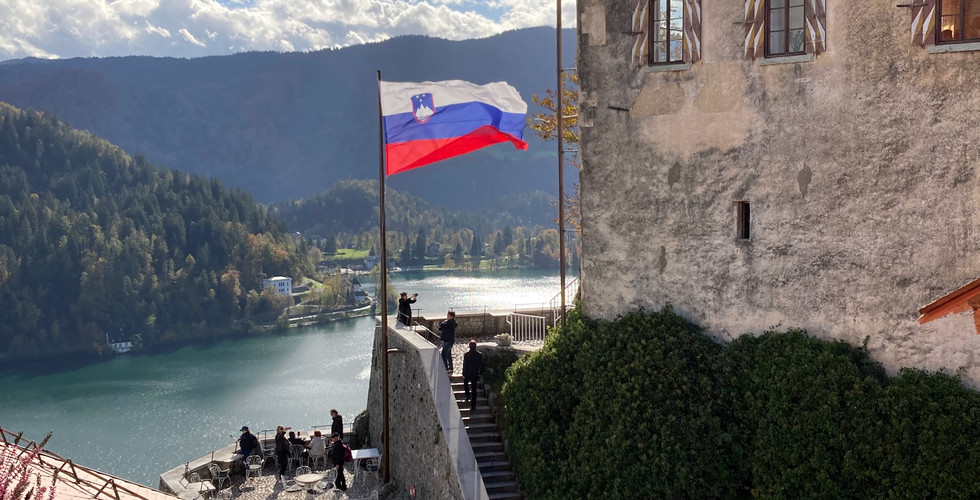












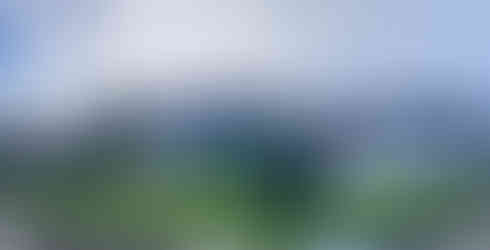




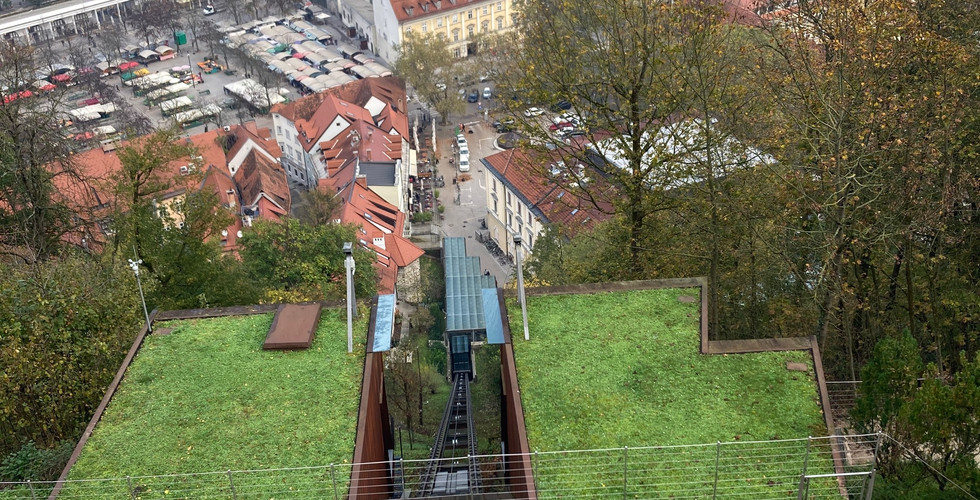





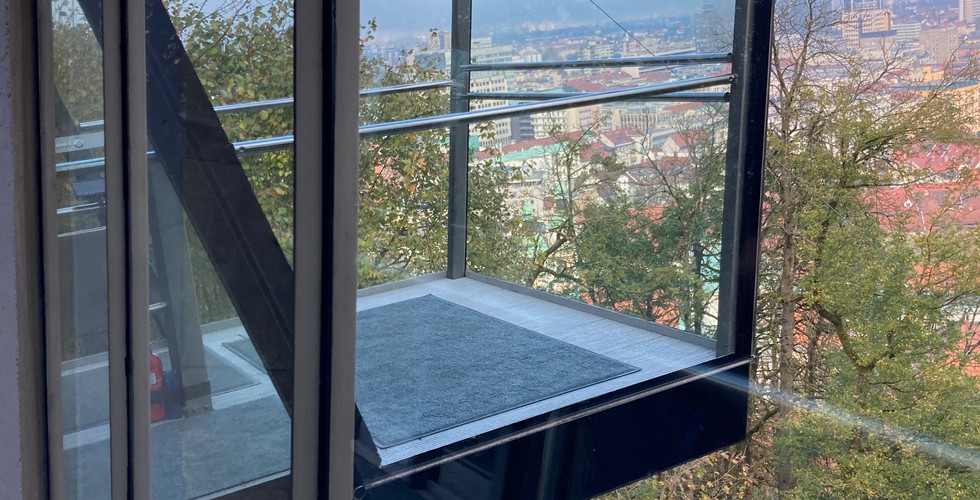

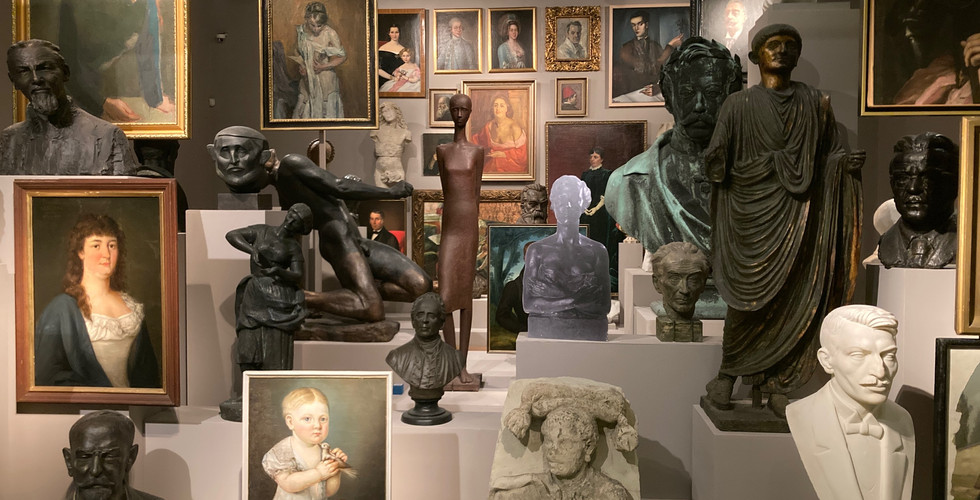


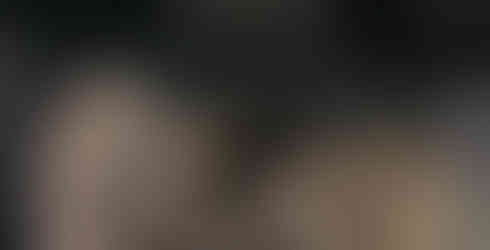



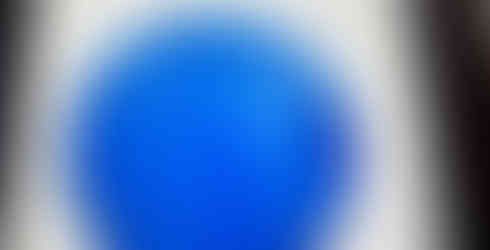




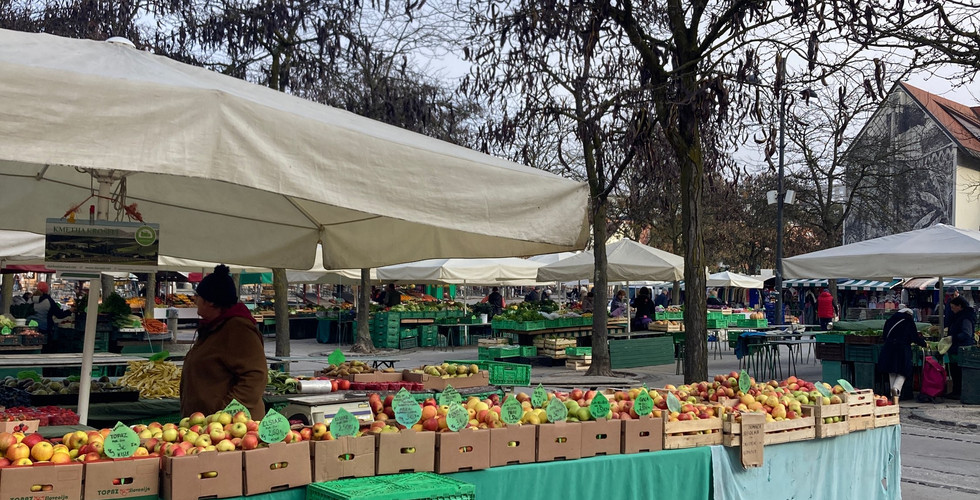



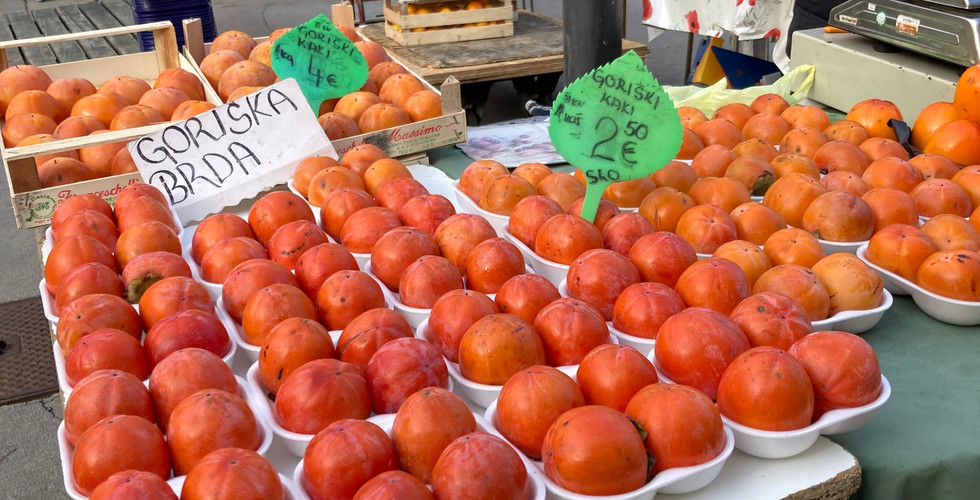

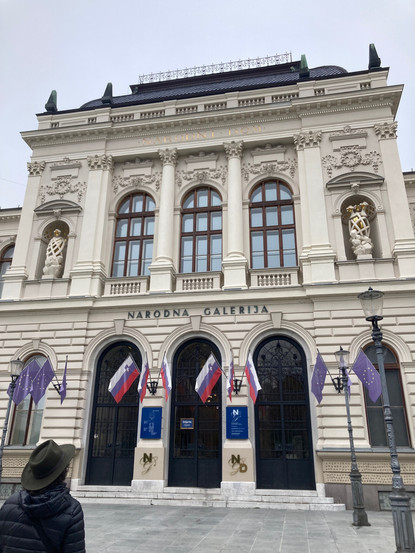






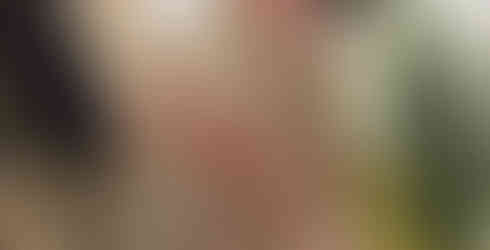

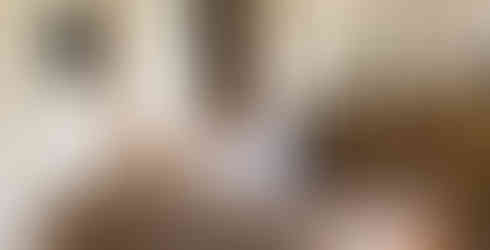


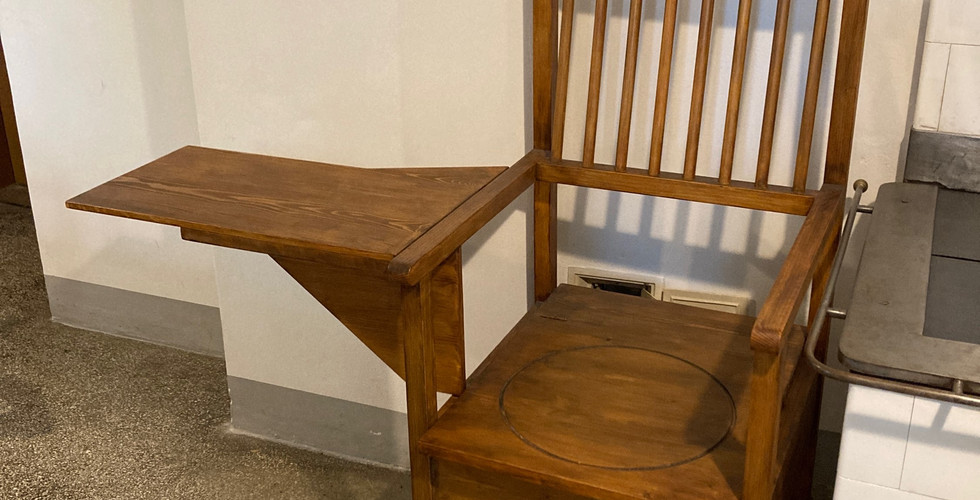
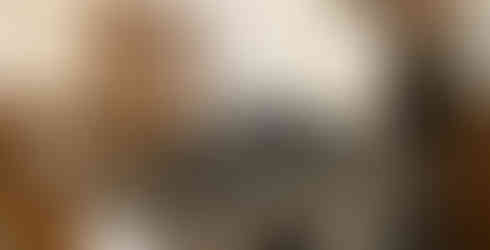






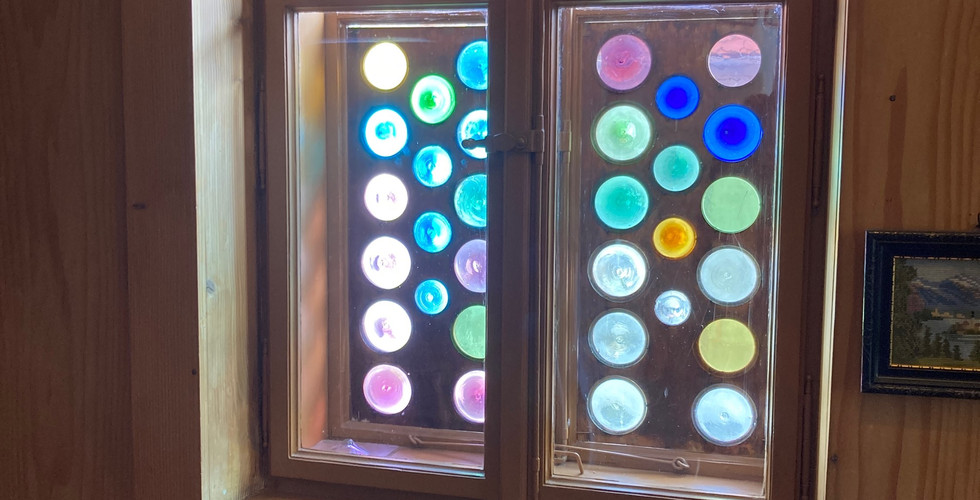


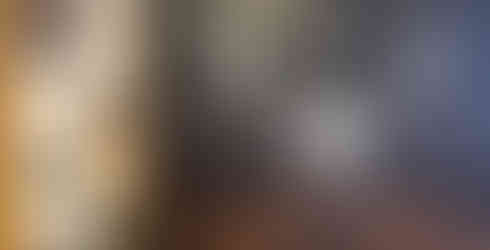




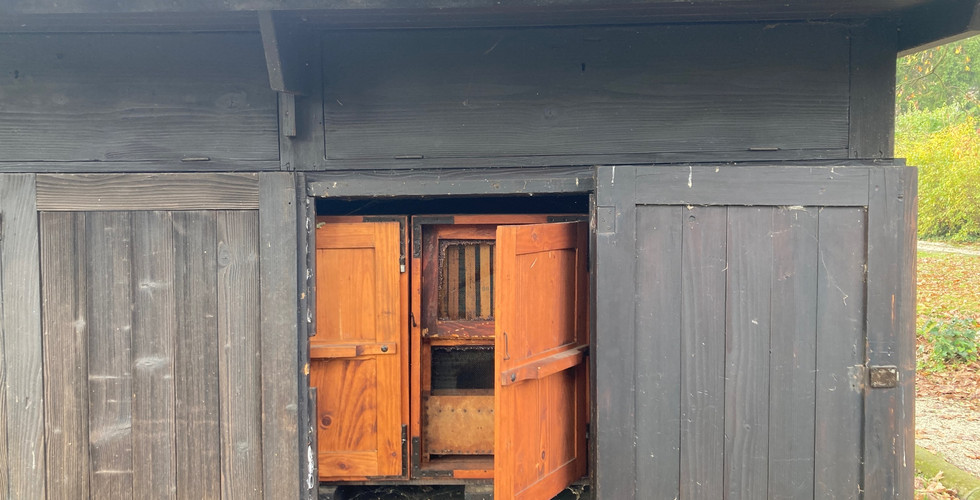


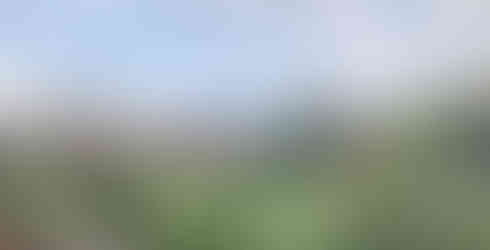






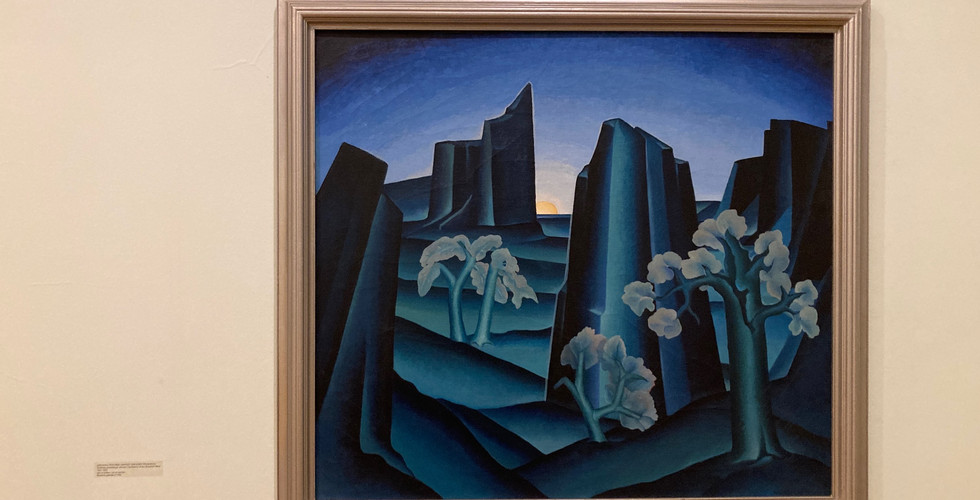








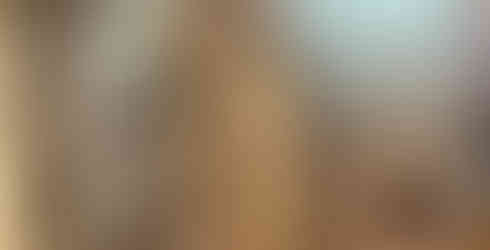


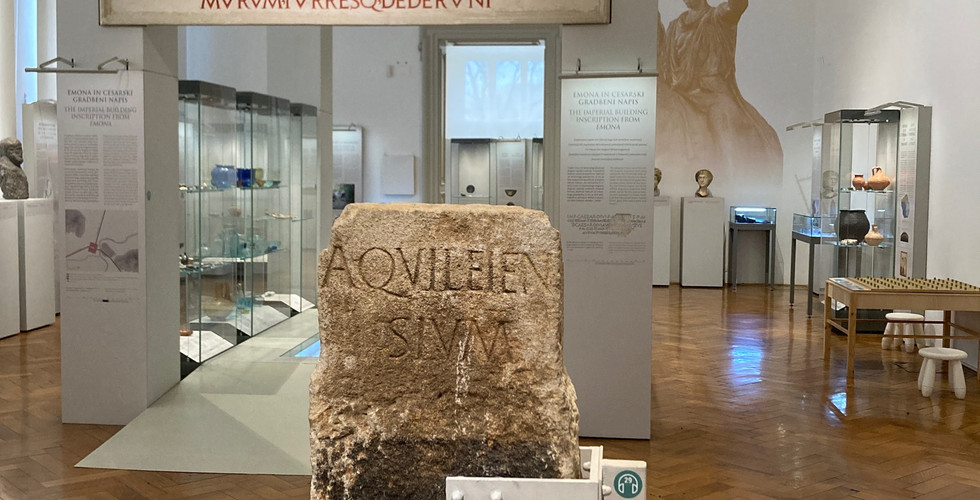
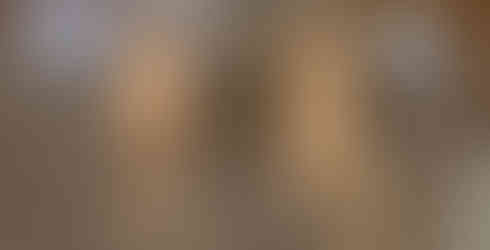





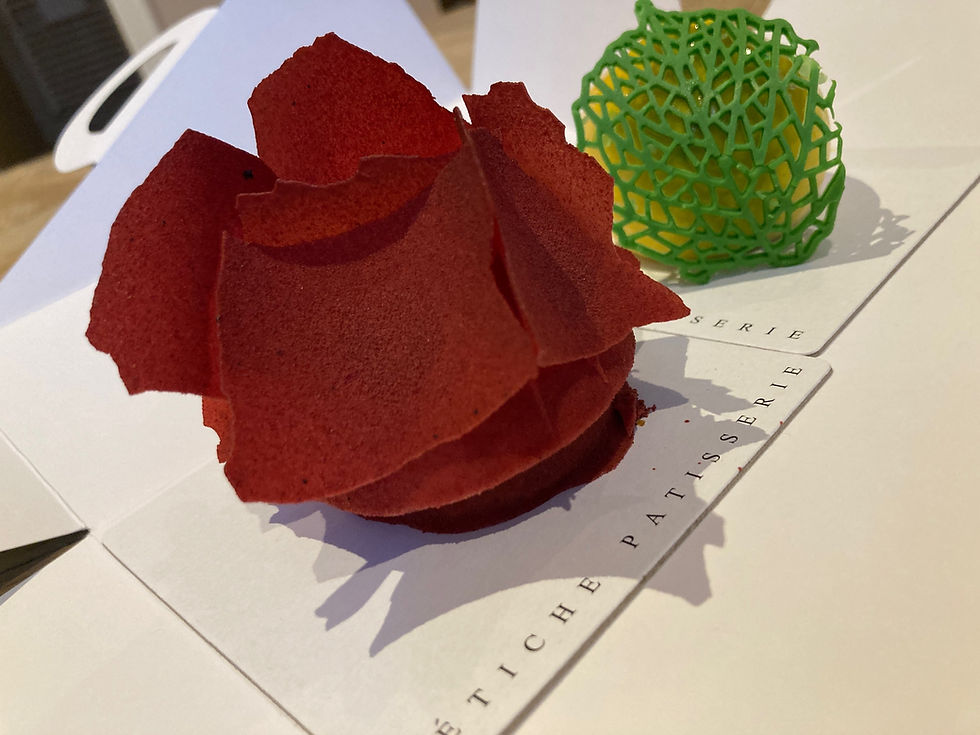
Comments